
Cathedral Close
Explore Winchester Cathedral and its historic Close, a stunning testament to Norman architecture and centuries of English history.
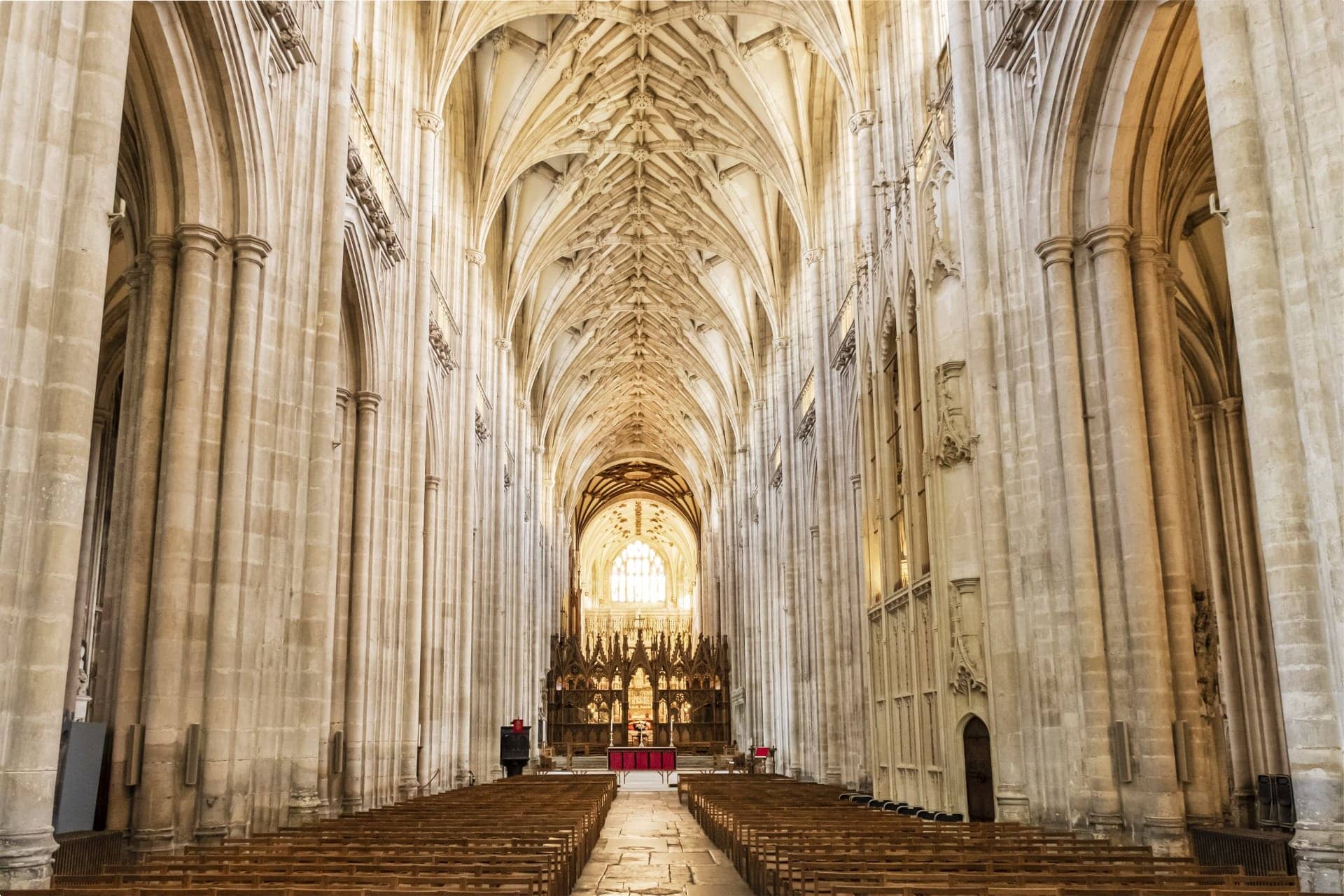
Highlights
Must-see attractions
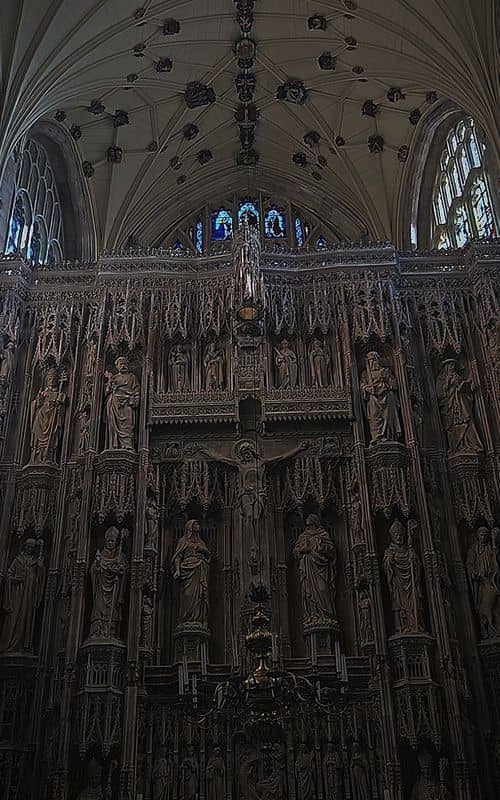
Social
From TikTok & Reddit
Best Time
Fewer crowds, peaceful atmosphere

Cathedral Close
Best Time
Fewer crowds, peaceful atmosphere

Highlights
Must-see attractions
Explore Winchester Cathedral and its historic Close, a stunning testament to Norman architecture and centuries of English history.
"A truly awe-inspiring place, rich with history and architectural beauty."

🎯 Weekday Visits Recommended
Avoid weekends for a less crowded experience, especially during peak seasons or events.
🚶♀️ Wander the Close
Don't just see the Cathedral; explore the charming houses and historic atmosphere of the Cathedral Close.

Highlights
Discover the most iconic attractions and experiences

Winchester Cathedral
Cathedral Close
A magnificent example of Norman architecture with a rich history spanning over 900 years. Explore its vast nave and stunning medieval tiles.

Tournai Font
Nave of Winchester Cathedral
A rare and ancient baptismal font dating back to around 1150, carved from a single block of Tournai marble.

Medieval Encaustic Tiles
Winchester Cathedral
Discover intricate 13th-century encaustic tiles, a testament to medieval craftsmanship and artistry.

Chantry Chapels
South Presbytery Isle, Winchester Cathedral
Explore chapels like Bishop Richard Fox's, featuring unique effigies, including a decaying cadaver, a memento mori.
Plans like a pro.
Thinks like you
Planning Your Visit
Timing is Everything
Explore Beyond the Cathedral
Best Times
Insider Tips
from TikTok, Instagram & Reddit
🎯 Weekday Visits Recommended
Avoid weekends for a less crowded experience, especially during peak seasons or events.
🚶♀️ Wander the Close
Don't just see the Cathedral; explore the charming houses and historic atmosphere of the Cathedral Close.
✨ Admire Medieval Tiles
Look out for the stunning 13th-century encaustic tiles inside the Cathedral.
💧 Explore the Crypt
Discover the Norman crypt, which can sometimes flood due to the high water table.
Tips
from all over the internet
🎯 Weekday Visits Recommended
Avoid weekends for a less crowded experience, especially during peak seasons or events.
🚶♀️ Wander the Close
Don't just see the Cathedral; explore the charming houses and historic atmosphere of the Cathedral Close.
✨ Admire Medieval Tiles
Look out for the stunning 13th-century encaustic tiles inside the Cathedral.
💧 Explore the Crypt
Discover the Norman crypt, which can sometimes flood due to the high water table.
⛪ See the Tournai Font
A rare 12th-century baptismal font, a must-see historical artifact.
What Travellers Say
Reviews Summary
Visitors consistently praise the breathtaking architecture and profound historical significance of Winchester Cathedral and its Close. The intricate medieval details and the sheer scale of the building leave a lasting impression. However, some find the admission fee to be a bit steep, and weekend crowds can detract from the serene experience.
What People Like
What People Dislike
Frequently Asked Questions
🚇 🗺️ Getting There
Cathedral Close is easily accessible in the heart of Winchester. If arriving by car, there are several car parks nearby, though they can fill up quickly. Public transport is also a good option, with Winchester train station a short walk away. Many visitors arrive on foot or by bus, as the Close is centrally located.
Yes, there are several car parks within walking distance of Cathedral Close. The Friarsgate, Tower Street, and Castle Hill car parks are popular choices. Be aware that parking fees apply and spaces can be limited, especially during busy periods.
Cycling is a great way to explore Winchester. There are cycle racks available near the Cathedral, making it a convenient option for those who prefer to travel by bike.
The main areas of Cathedral Close and Winchester Cathedral are generally accessible for wheelchairs. However, some older parts of the Cathedral and surrounding buildings may have limited accessibility due to their historic nature. It's advisable to check specific access information for any particular building you wish to enter.
For a day trip, focus on Winchester Cathedral and the immediate surrounding area of Cathedral Close. You can easily walk between these key sites. Consider arriving early to make the most of your time and avoid the biggest crowds.
🎫 🎫 Tickets & Entry
Cathedral Close itself is a public area and generally free to enter. However, access to Winchester Cathedral requires an admission fee. It's recommended to check the official Winchester Cathedral website for current ticket prices and opening hours.
Opening hours for Winchester Cathedral can vary seasonally and for special events. Typically, it is open daily, but it's best to consult the official Winchester Cathedral website for the most up-to-date information before your visit.
Discounts may be available for students, seniors, and families. Group bookings can also sometimes receive reduced rates. Check the Winchester Cathedral website for details on any available concessions or group rates.
Yes, the crypt of Winchester Cathedral is accessible to visitors. It's a fascinating part of the Cathedral's history, built by the Normans. Access may be subject to specific opening times or tours.
Booking tickets online in advance is often recommended, especially during peak tourist seasons, to guarantee entry and potentially save time queuing. Visit the official Winchester Cathedral website to purchase tickets.
🎫 🧭 Onsite Experience
Don't miss the magnificent Tournai Font, the intricate 13th-century encaustic tiles, and the unique chantry chapels with their effigies. The crypt is also a significant historical area to explore.
To fully appreciate Winchester Cathedral and wander through the Close, allow at least 2-3 hours. If you plan to explore more deeply or attend a service, you might need longer.
Yes, guided tours are often available and can provide fascinating insights into the Cathedral's history and architecture. Check the Winchester Cathedral website for tour schedules and booking information.
The Tournai Font is a rare survival from around 1150, carved from a single block of marble. It's one of only ten such fonts in the country and is considered one of the most famous examples.
Encaustic tiles are decorative tiles made from clay, where different colored clays are inlaid into the surface before firing. Winchester Cathedral boasts beautiful examples from the 13th century.
📸 📸 Photography
Photography is generally permitted inside Winchester Cathedral for personal use, but flash photography is usually prohibited to protect the delicate artworks and stained glass. Always check for any specific signage or restrictions within the Cathedral.
The exterior of Winchester Cathedral offers many picturesque angles. The charming Georgian and medieval houses lining the Close also make for beautiful photographs, especially with the Cathedral as a backdrop.
Drone usage is typically restricted in and around historic sites like Cathedral Close and Winchester Cathedral due to privacy concerns and potential disruption. It's best to assume drone photography is not permitted unless explicitly authorized.
While casual filming for personal social media is usually fine, commercial filming or large-scale productions may require permits. Always be mindful of other visitors and respect the serene atmosphere of the Close.
Golden hour, shortly after sunrise or before sunset, can offer beautiful lighting for photography in Cathedral Close. Midday can be harsh, but the interiors of the Cathedral offer unique photographic opportunities regardless of the time.
For Different Travelers
Tailored advice for your travel style
👨👩👧 Families with Kids
When visiting, pack comfortable shoes as there's a lot of walking involved, both inside the Cathedral and around the Close. Bringing snacks and drinks is advisable, as dining options directly within the Close might be limited or pricey. Weekday visits are highly recommended to avoid overwhelming crowds, making the experience more enjoyable for everyone.
🏛️ History Buffs
The Cathedral Close itself is a historical landscape, with buildings that have witnessed centuries of ecclesiastical life. Researching the history of specific houses like Mompesson House can add another layer to your visit. Consider joining a guided tour led by knowledgeable historians to gain deeper insights into the stories and events that shaped this remarkable place.
📸 Photographers
Inside the Cathedral, focus on capturing the grandeur of the nave, the intricate details of the medieval tiles, and the unique atmosphere of the crypt. Be mindful of lighting conditions and the no-flash policy. Experiment with different perspectives to showcase the scale and historical depth of this iconic location.
Deep Dives
In-depth insights and expert knowledge
The History of Winchester Cathedral
Key historical features within the Cathedral include the Tournai Font, a rare 12th-century baptismal font, and the 13th-century encaustic tiles that showcase intricate medieval artistry. The crypt, a Norman construction, regularly floods due to the high water table, adding a unique element to its history. Visitors can also explore the chantry chapels, built between the 14th and 16th centuries, some of which contain striking effigies, such as the decaying cadaver in Bishop Richard Fox's chapel, serving as a powerful memento mori.
The surrounding Cathedral Close is equally steeped in history, featuring a collection of beautiful houses that have been home to clergy and notable residents over the centuries. Walking through the Close offers a glimpse into the ecclesiastical and residential life that has revolved around the Cathedral for generations. The area provides a peaceful and picturesque setting, allowing visitors to connect with the enduring legacy of Winchester's religious and architectural heritage.
Architectural Marvels of the Close
Beyond the Cathedral, the houses within the Close offer a diverse architectural narrative. Many date from the Georgian and Victorian eras, showcasing elegant facades, sash windows, and classical proportions. These residences were historically occupied by clergy and associated figures, contributing to the Close's unique character. Some buildings, like Mompesson House (featured in the film Sense and Sensibility), exemplify the refined elegance of 18th-century design. The juxtaposition of the ancient Cathedral with these later residential buildings creates a visually rich and historically layered environment.
The Norman crypt beneath the Cathedral is a stark contrast to the upper levels, offering a glimpse into the earliest foundations. Its robust stonework and low ceilings speak to the practicalities of construction in the 11th century, especially in an area with a high water table. Exploring these varied architectural elements provides a comprehensive understanding of how the site has evolved and adapted over its long history, making Cathedral Close a captivating destination for architecture enthusiasts.

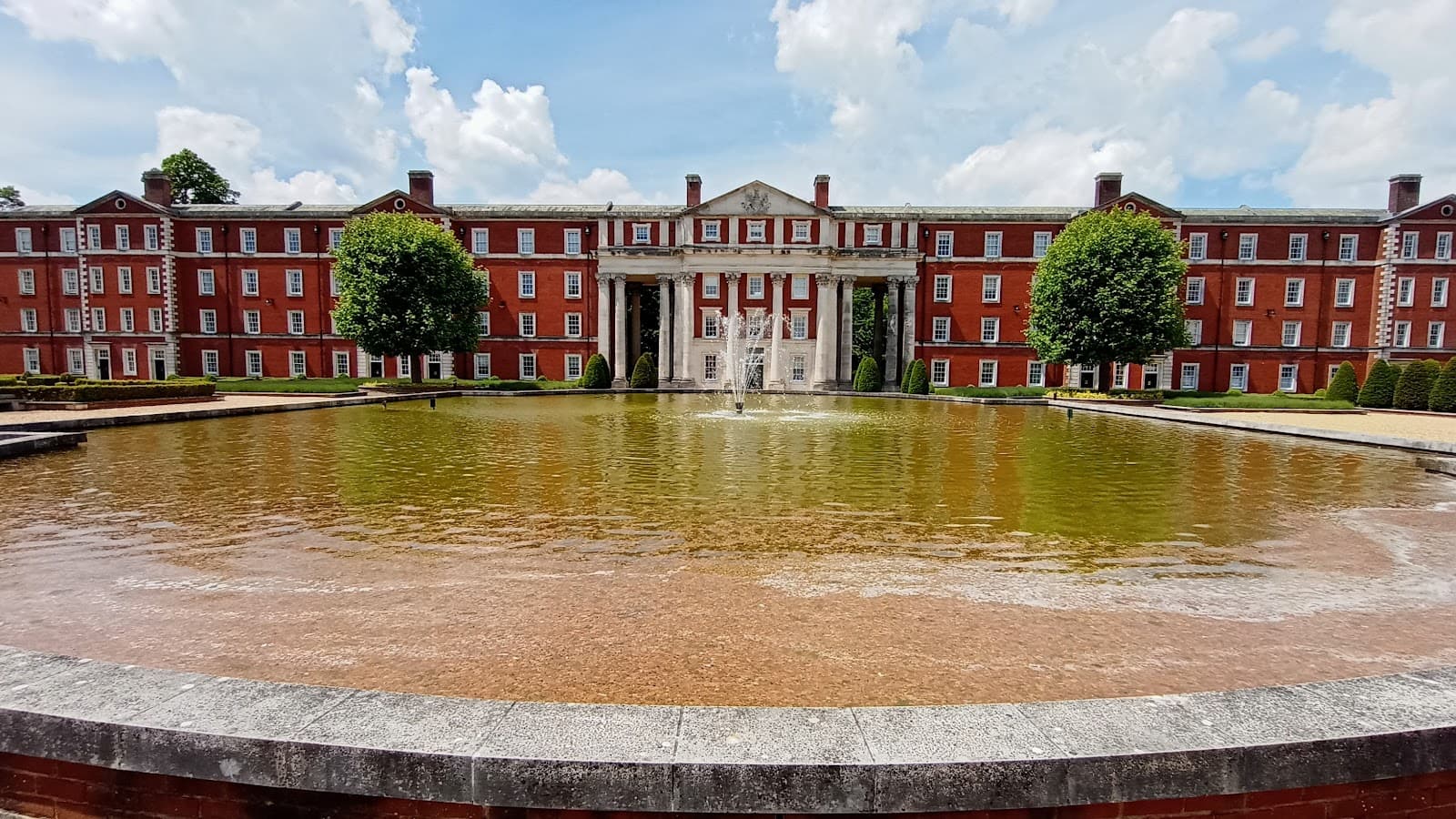

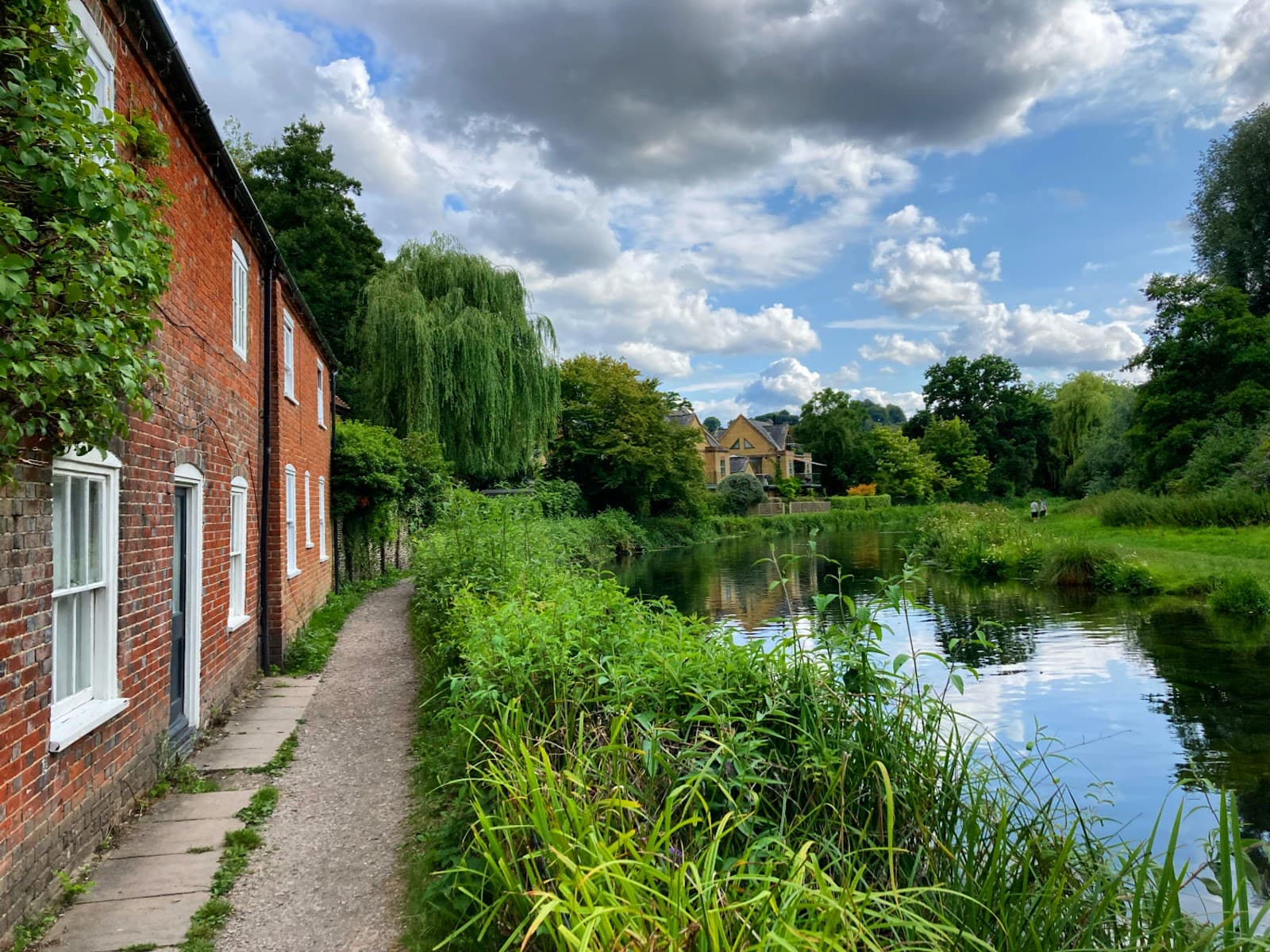
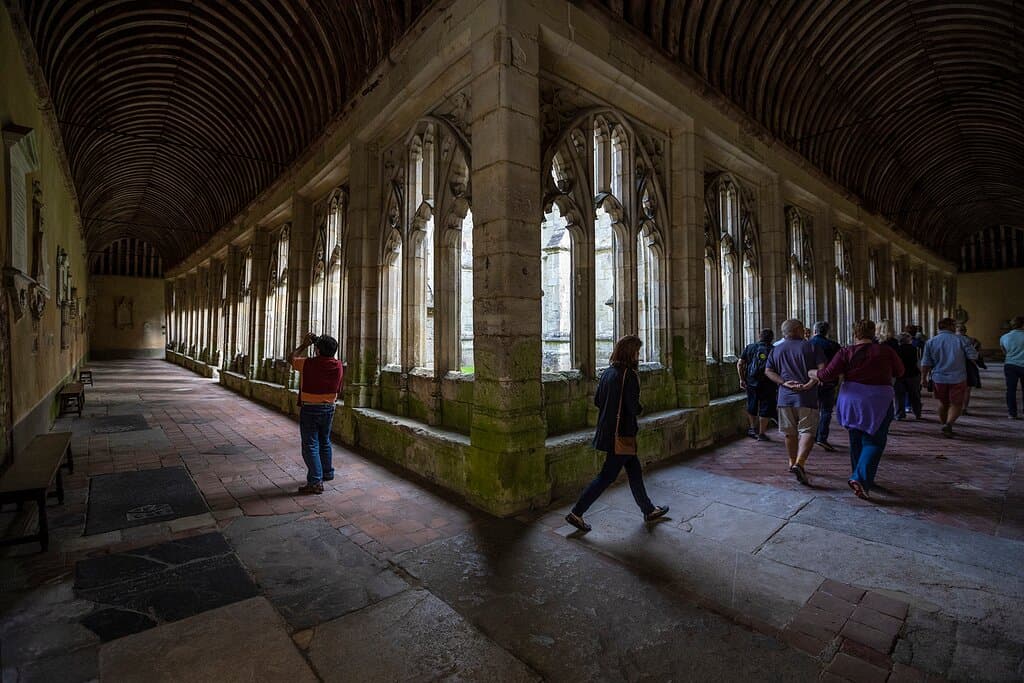
Social
from TikTok, Instagram & Reddit